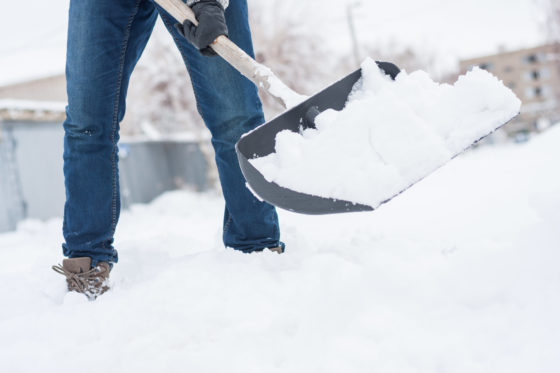Winter’s not over yet. Be prepared for sub-zero temperatures at work, at play, and on your way. Avoid frostbite, hypothermia, carbon monoxide poisoning.

Photo caption: iStock.com/Traitov
Winter is nearly over, but it’s not over yet. Let’s stay prepared for sub-zero temperatures.
Employers need to plan for outdoor workers
According to this WorkSafeBC news release, Bitter cold means heightened risk for outdoor workers, from 2013 to 2018, 68 workers in B.C. were injured as a result of cold exposure. Frostbite was the most common injury.
Workers most at risk of exposure to extreme cold include transport truck drivers, recreational operators, construction workers, and utility workers. Tips for outdoor workers to guard against the cold include:
- Keep clothing dry
- Wear a hat to help retain body heat
- Keep bare hands away from metal objects
- Stay hydrated and limit intake of coffee and tea
See WorkSafeBC’s page on cold stress for more information.
Be prepared on the roads
In Preparing an emergency kit for your car, Public Safety Canada recommends having winter emergency supplies in your car, including:
- Water in plastic bottles that won’t break if the water freezes
- Small shovel, scraper, and snowbrush
- Candle in a deep can and matches
- Blanket and extra clothing
They also share tips on what to do if you get stuck in the snow:
- Stay in your car to avoid getting lost. Your car is a safe shelter.
- Turn on the ceiling light; leaving your headlights or hazard lights on for too long will drain the battery.
- Keep the engine off as much as possible. Be aware of carbon monoxide poisoning and make sure the exhaust pipe is not obstructed by snow.
- Move your hands, arms, and feet to maintain circulation. Stay awake.
Before you turn on the heat
Carbon monoxide poisoning tends to be more of a risk during the cold as people use gas-powered heaters to stay warm. Here are some safe practices for using heaters:
- Always install and use equipment according to the manufacturer’s instructions.
- Vent gas-powered heaters as directed by the manufacturer to prevent exposure to carbon monoxide.
- Conduct air-monitoring to ensure that carbon monoxide levels remain within occupational exposure limits.
Read more in WorkSafeBC’s hazard alert Workers poisoned by carbon monoxide while using heater, and its page on Carbon monoxide.
Also see my post When did you last check your carbon monoxide detector?.


